
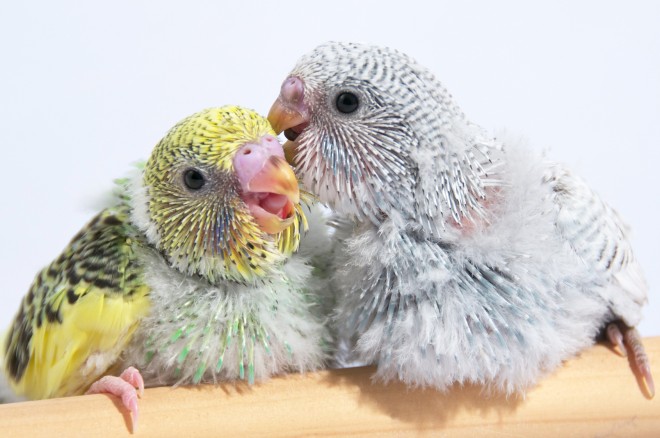
Most domesticated species of pet birds are clever animals, which can make them highly rewarding pets. This does, however, mean that it is important to train them while they are young, to avoid storing up problems that will become apparent further along the line. Living within a family home is not totally natural for birds, despite their centuries of domestication, and before your bird gets larger and establishes some potentially negative behavioural traits, it is important to train them in the basics of good behaviour and how to coexist with the family.
In this article, we will cover ten tricks and tips for training baby birds. Read on to learn more!
In order to begin working on your baby bird’s training, you will need to have some equipment to hand. Stock up on things like treats, a perch, a small towel, a harness and lead if needed, a carrier, and a hand held dowel.
Each and every bird of every species is an individual, with their own unique preferences, personality, and level of ability. Some birds can be taught to perform a wide range of tricks, and learn to talk, while with others, you may have to settle for simply being able to handle them safely and form a bond with them.
Don’t get upset or disappointed if your bird falls into the latter camp!
Before you can train your baby bird to do anything else, you will need to get them used to being handled first and foremost. Remain in the master role by standing above your bird, and not below their head height, and encourage your bird to come to you, rather than plucking them out of the cage. Teach your bird a basic command to walk onto your finger or a dowel, and hold them at a comfortable height that is not too high or too low; around chest height is fine.
Treats can form an important and valuable tool when it comes to training your bird, but this heavily relies on treats being used in the right way, and not indiscriminately. You want your bird to build up positive associations between compliance and a reward, as a kind of positive reinforcement training that is similarly widely used for dogs. Start using treats when your bird is young; when your bird obeys a command and steps onto your finger, give them a treat, and use this method to reinforce their positive associations.
If your bird is a shrieker or a screamer, this can be a challenge that is often hard to resolve. Covering the cage over can help to settle a shrieking bird, as can playing calming music to provide a distraction. Don’t reward shrieking with attention; this is all too easy to do, but will simply teach your bird that making a lot of inappropriate noise will garner them a reward.
Most birds like to go outside for some fresh air on occasion, and the safest way to do this is to train your bird to accept a harness and lead. It is hard to manage this when your bird is adult, so start young!
Teach your bird a command that indicates using the harness and going outside, and give them a treat once you successfully get their harness on them. Having a smaller cage that your bird can travel in for trips to the vet and other journeys, and getting them used to this too, is also important.
A detailed explanation of the best way to train your bird to talk is covered in this article, and largely comes down to a lot of repetition. However, talking for birds can be very hit and miss, and they may totally reject what you are trying to teach them in favour of repeating sounds and phrases that particularly tickle their fancy! Birds cannot distinguish between good words and bad, so swearing around your bird, unless you want them to start cussing, is a bad idea.
Birds pay particular attention to emotionally-laden conversations, and so words or phrases said with feeling are more likely to be repeated than monotone conversation.
Getting your bird used to the use of the towel is important, as you will likely need to use this method throughout your bird’s life to handle them for things such as nail trimming, giving medicines and to transport them safely. Use neutral coloured towels to avoid alarming your pet, and begin by encouraging your bird to stand on the towel, again, using treats.
Once your bird will do this unphased, you can begin to work on using the towel to wrap your bird, taking care not to restrict the chest. Hold your bird gently but firmly, with your finger and thumb either side of the neck and your index finger on the head to keep it still.
Ensuring that your bird does not grow up prone to displays of aggression or apt to bite is vital, but so is knowing that the use of the beak does not always indicate aggression. Birds may use their beaks to balance or feel things out, and so if your bird leads the step onto your hand with their beak, do not be alarmed, or assume they are about to bite!
It is also worth knowing that birds use their beak and tongue to explore the world around them, and they may want to lick or taste your hand. This is normal and should not be discouraged, and again, is not a definite indication of a potential bite!
If your bird does nip or bite, this should of course be discouraged. Keep calm and say “no” firmly, and do not make a big fuss or otherwise tell off or punish your bird.
Birds need to chew and work their beaks on materials to keep them busy and in good condition, so make sure that you allow for this need and make provision for it. Giving your bird a dowel or stick to chew on is a good idea, as is praising them for using the appropriate materials to bite down on.
 Veterinary Malpractice - What You Can Do About It
Veterinary Malpractice - What You Can Do About It
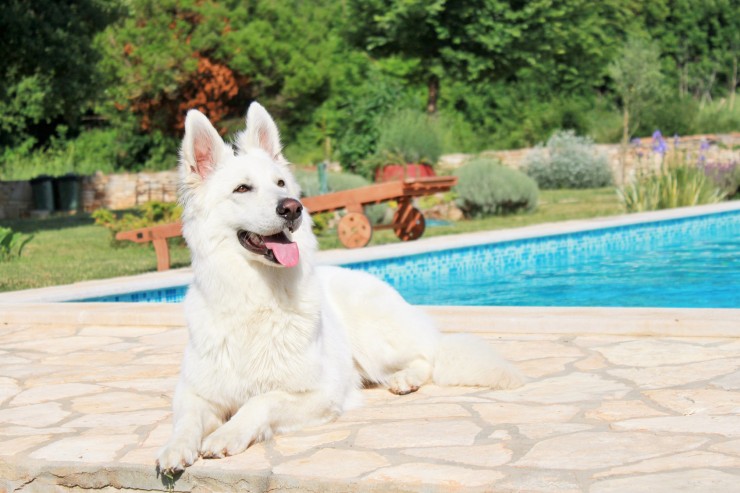 Tips And Advice For People Who Take Their Dogs On Holiday
Tips And Advice For People Who Take Their Dogs On Holiday
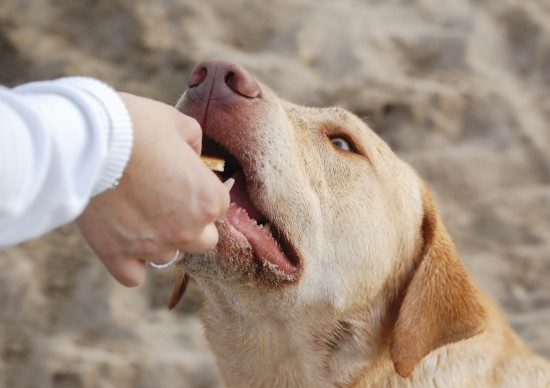 10 Ideas For Substituting Popular Dog Treats For Healthier Versions
10 Ideas For Substituting Popular Dog Treats For Healthier Versions
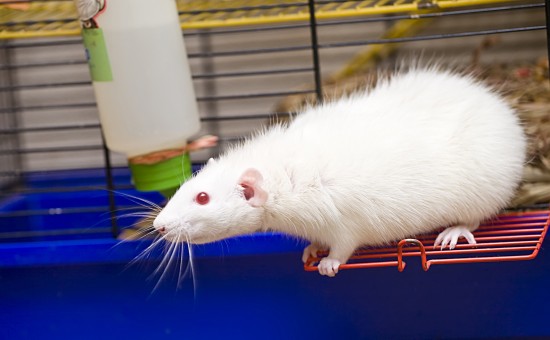 Tips To Keep Your Pet Rats Cool During Summer
Tips To Keep Your Pet Rats Cool During Summer
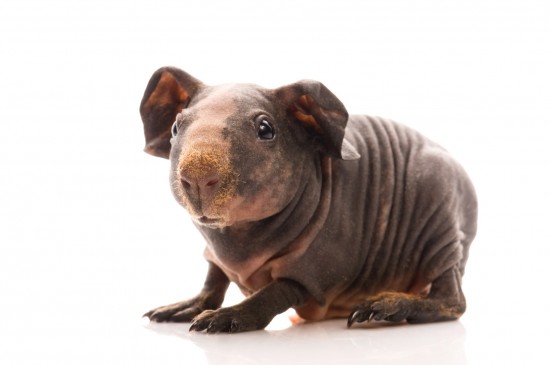 How To Look After A Hairless Guinea Pig (skinny Pig)
How To Look After A Hairless Guinea Pig (skinny Pig)
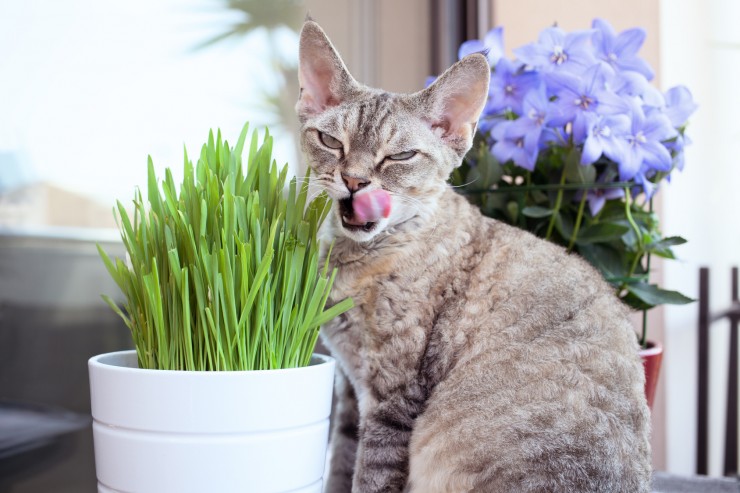 Herbs That Are Safe To Give To Cats
Herbs That Are Safe To Give To Cats
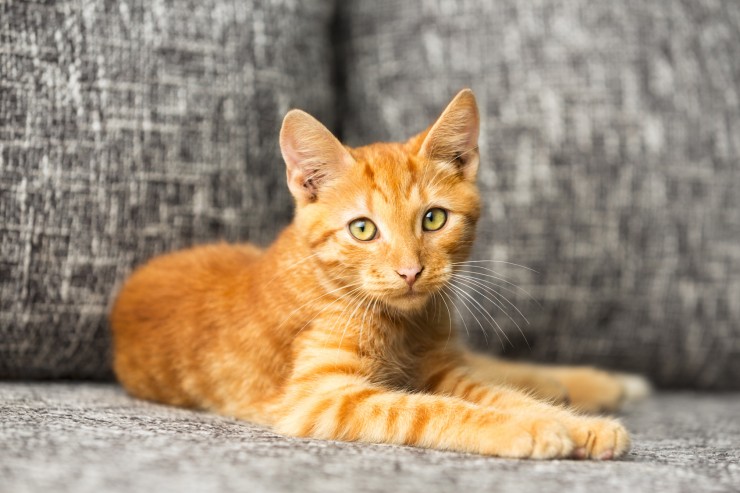 Teething Problems In Kittens And How To Cope With Them
Teething Problems
Teething Problems In Kittens And How To Cope With Them
Teething Problems
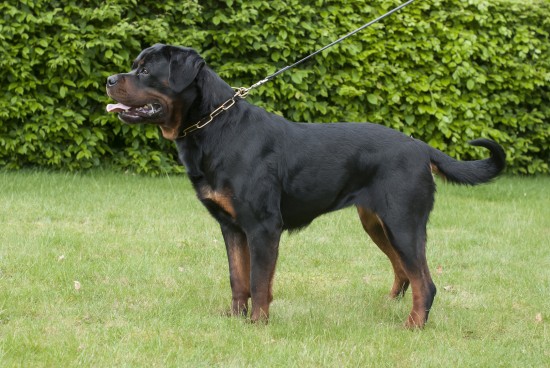 8 Breeds Of Dog Prone To Developing Cancer
8 Breeds Of Dog P
8 Breeds Of Dog Prone To Developing Cancer
8 Breeds Of Dog P
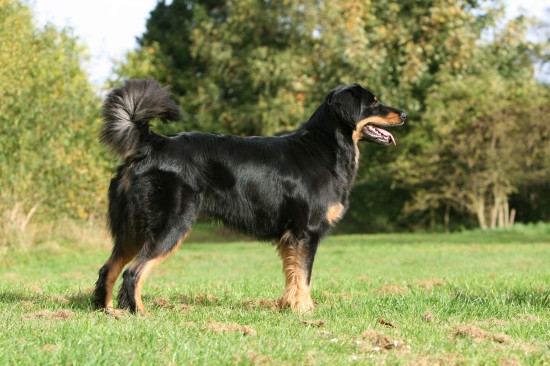 Hovawart Dog Hereditary Health And Longevity
Hovawart Dog Here
Hovawart Dog Hereditary Health And Longevity
Hovawart Dog Here
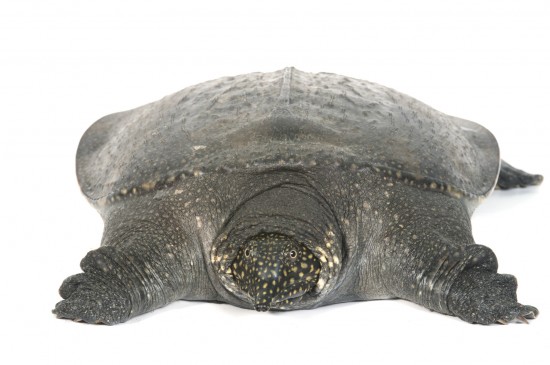 Keeping A Soft-shelled Turtle As A Pet
Keeping A Soft-sh
Keeping A Soft-shelled Turtle As A Pet
Keeping A Soft-sh
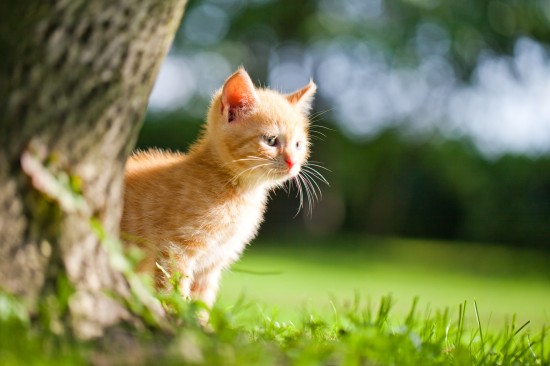 A World Of Difference - How Cat Ownership In America Differs To The Uk
A World Of Differ
A World Of Difference - How Cat Ownership In America Differs To The Uk
A World Of Differ
Copyright © 2005-2016 Pet Information All Rights Reserved
Contact us: www162date@outlook.com